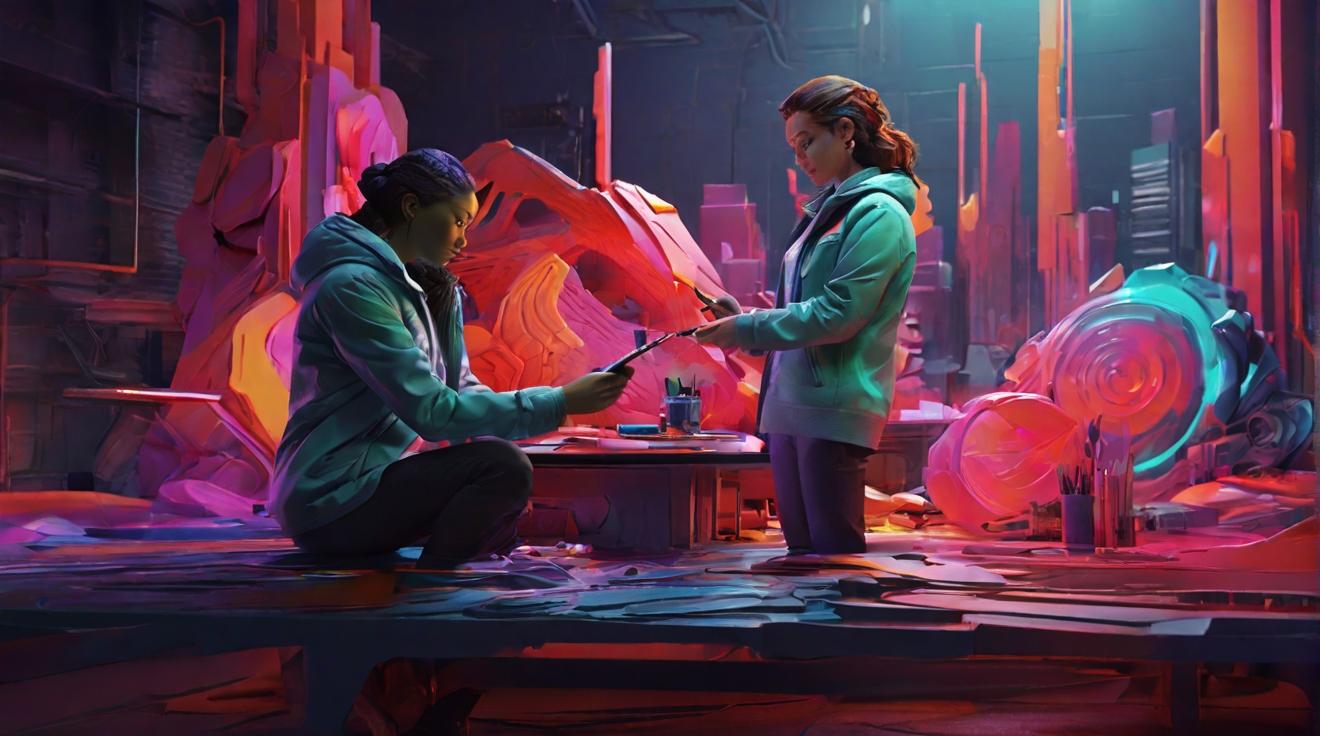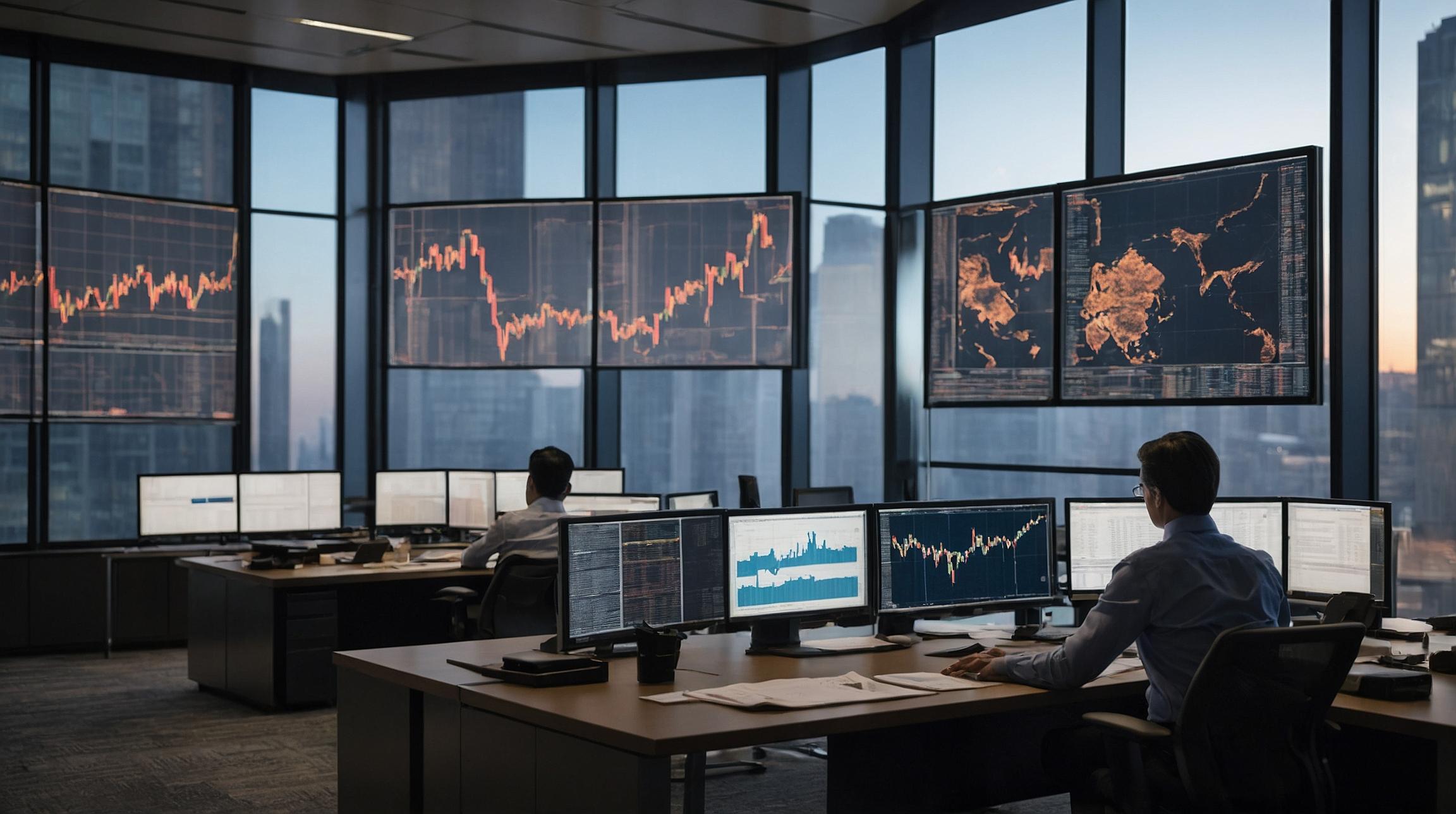Adobe Substance Painter vs. 3D Coat: Comprehensive SWOT Analysis on Leading 3D Texturing Software
In the ever-evolving landscape of 3D design and digital artistry, two titans dominate the conversation: Adobe Substance Painter and 3D Coat. Both software solutions have carved out significant niches in the 3D texturing domain, offering a plethora of tools and features that cater to a wide array of professionals, from game developers to filmmakers. This comprehensive SWOT analysis aims to dissect the strengths, weaknesses, opportunities, and threats associated with each, providing a clear comparison for artists and designers.
Strengths
Adobe Substance Painter shines with its intuitive user interface and deep integration with other Adobe products, making it a go-to for those already entrenched in the Adobe ecosystem. Its real-time PBR (Physically Based Rendering) workflow allows artists to create detailed and complex textures with remarkable efficiency. The software's extensive asset library and advanced particle brushes further empower users to unleash their creativity.
On the other hand, 3D Coat excels with its versatile toolset, encompassing not just texturing but also sculpting, retopology, and UV mapping. This all-in-one approach makes it a potent tool for artists looking to manage the entire pipeline within a single software. Moreover, 3D Coat's Voxel Sculpting technology offers unparalleled control and flexibility, making it particularly appealing for sculptors and modelers.
Weaknesses
Despite its strengths, Adobe Substance Painter is often criticized for its subscription-based pricing model, which can be a deterrent for freelancers and small studios. Additionally, some users find its performance can lag with extremely high-resolution textures or complex projects, potentially interrupting the creative workflow.
3D Coat, while powerful, faces a steeper learning curve due to its broad feature set. New users may find it overwhelming, and the software's interface, although customizable, is sometimes described as less intuitive than its Adobe counterpart. Its performance can also vary, depending on the complexity of the task at hand.
Opportunities
The 3D rendering and texturing market is rapidly expanding, with increasing demand in video games, movies, and virtual reality. Adobe Substance Painter has the opportunity to further solidify its position by enhancing its cloud-based collaboration features and AI-driven tools, making it even more attractive for large teams and remote work setups.
3D Coat stands to benefit from the growing interest in 3D printing and prototyping, especially in the industrial design and education sectors. Improving its user education resources, such as tutorials and online courses, could significantly lower its entry barrier, attracting a wider user base.
Threats
The primary threat to both Adobe Substance Painter and 3D Coat comes from the fierce competition in the 3D design software market. New and emerging technologies, like AI-generated textures and open-source alternatives, could disrupt their market share. Additionally, the rapid pace of technological advancement means that both platforms must continually invest in innovation to remain relevant and appealing to their target audiences.
In conclusion, while Adobe Substance Painter and 3D Coat each have their unique strengths and challenges, they both play critical roles in the 3D texturing ecosystem. This SWOT analysis underscores the importance of choosing the right tool based on specific project needs, budget constraints, and personal workflow preferences, encouraging artists and designers to meticulously assess their options in the context of an ever-changing digital landscape.













